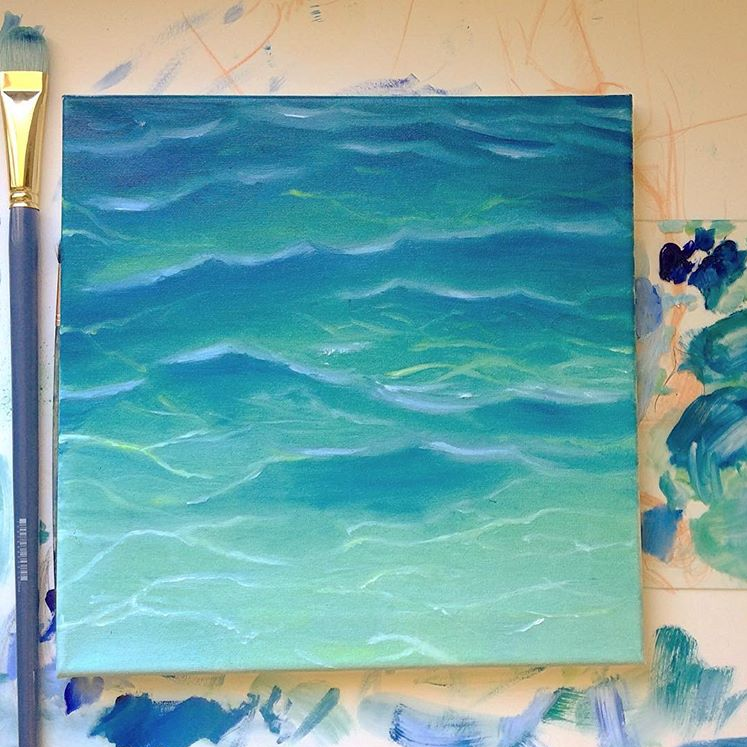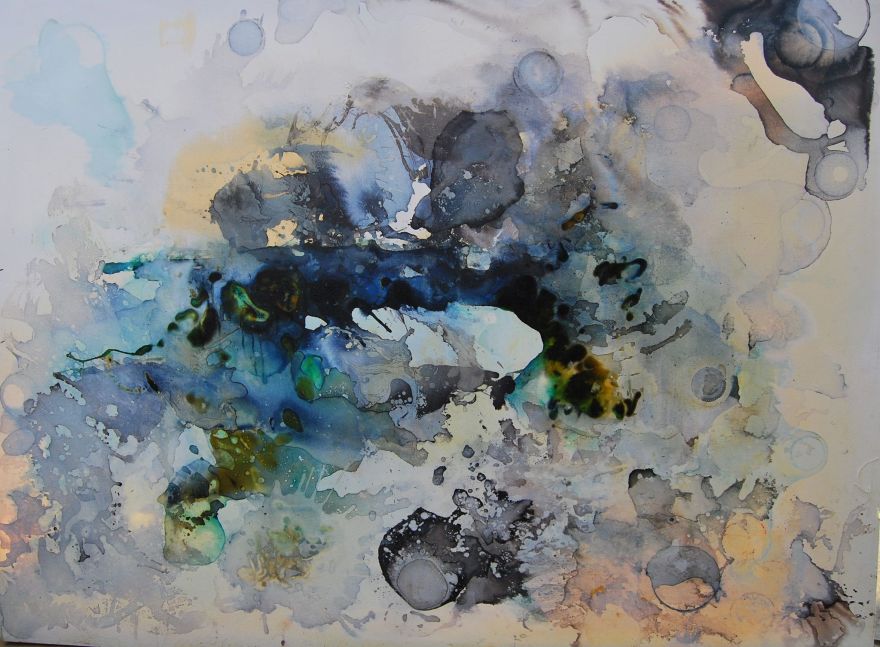Fashion Film Festival Milano began with the premier of award-winning RiverBlue, an alarming exposure to the horrifying environmental impact of fast fashion. With today’s consumer searching constantly for the best deals, the masses have been flooding into stores with low prices and high bargains while companies flood rivers to increase profits and clear shelves. RiverBlue captures a clear snapshot of what the world is today and predicts what will become of it if consumer trends keep up and companies continue providing for them.
We spoke with Executive Producer Roger Williams, who gave us insight into the chilling truth behind the documentary.
The Roots
At the beginning, Williams hadn’t always planned on coming across deadly polluted rivers. It was his interest in rivers and oceans that motivated him to produce an educational film about the world’s water supply and the issues that may prevent pure water sources. During his research, he encountered a peculiar satellite photo from China depicting a blue and black stain at the mouth of one of the rivers. After further investigation, he and his team discovered what had caused the stain: heavy pollutants from nearby blue jean factories.
“Blue jeans are iconic around the world,” Williams notes, “so we thought we could hinge the film on blue jeans to tell a global story.” Through the course of a year, Williams and his team continued their research to obtain a better understanding of how the fashion industry affects the environment around the world. “We hired people in various countries to provide insight and access into factories and to find the right people to help tell the story.”
After three years of shooting content, tackling challenges, and networking to attain footage in each country and an additional year in post production, RiverBlue was finally ready for takeoff.
The Problem
Fast fashion companies around the world are doing whatever it takes to produce the most articles of clothing at the lowest prices, even if it means destroying an entire river. RiverBlue exploits these dirty business secrets and spills the truth. The film is packed with shocking footage that forces one to question the industry as a whole.
“The smell of the tanneries was the worst,” Williams stated when asked which part of shooting the documentary came as the most shocking. “Bangladesh was by far the most disgusting place I have been to. I had a headache the whole time we were in the country. To see how some people have to live is heartbreaking.” Pollution from careless producers is ruining the water cycle, which taints the water supply, which makes people sick and destroys communities. Consumers are often in the dark about how much of an environmental impact buying one pair of cheap jeans, which takes over 900 gallons of water per pair to manufacture, can have on our precious planet Earth.

The Solution
The current situation seems overwhelmingly out of control, but, according to Williams, there are three moving parts that need to come together to achieve a worldwide goal of reform: the government, brands and manufacturers, and consumers.
Governments around the world are responsible for protecting the citizens, but they cannot do so without passing and enforcing strong legislation. Environmental laws are no exception. Lobbyists, partnerships, big business: whatever the barrier may be, governments need to step aside and set their priorities straight by passing laws that protect Mother Nature from pollution and harmful toxins.
Businesses carry an equal societal pressure. In order to change the fashion industry, it is vital for producers to start caring about the methods their own manufacturers are using to produce their clothing. “I am seeing some manufacturers truly taking steps in this direction,” Williams says, “but too many [companies] are just turning a blind eye to how the manufacturers are operating.”
Consumers must also tune into the global problem and be cautious in buying clothing from companies with unethical business procedures. They should question where their clothes are coming from, who made them, and how they are made. “It’s easy to use social media and email to ask our brands,” Williams points out. “They have departments that look at trends; if they see enough interest from consumers on sustainability, they will find a way to change.”
In his opinion, European fashion is the most advanced in the sustainability field, North America less so, and Asia even less so. He supposes that the major difference between the three continents was fueled by their national governments’ willingness to clean up polluted environments and, therefore, people’s polluted ways of thinking. In Italy, Williams explains, dumping chemicals or dirty water into rivers results in jail time. Hence, companies operating and manufacturing in Italy were forced to think of cleaner and more ethical ways to produce their products.

Williams urges North American and Asian governments, companies, and people to follow the European lead in sustainability. Luigi Caccia, founder and president of Italdenim, invested in a machine that mixes indigo, carbon dioxide, and oxygen to color the jeans without wasting any water. Then, they used chitosan (the natural leftovers from shrimp and crab exoskeletons) in the yarn to preserve the color and reduce the amount of dye used in the first place.
Another leading industry example is Jeanologia, a Spanish company with a revolutionary jean production method. Instead of using water to distress the jeans, they use lasers to draw images in the fabric. The company now produces technology that adds artistic flare to the jeans by means of treating and finishing. Like Italdenim, Jeanologia uses chemical compounds to bring the jeans to life in color, style, and texture, and its next step is to invent similar technology for knits, wool, cottons, and blends.
The Future
Despite the ever-increasing consumer demand for cheap garments, this day and age could be seeing the peak of an era. “I do believe that people are going to demand a change in what clothing they are wanting to buy,” Williams predicts. Nowadays, other trends in quality over quantity are beginning to arise.
However, high quality doesn’t always mean high prices. Williams has also noticed a “growing trend with secondhand stores, especially for young mothers with growing children.” During the growth stages of childhood, clothing is only useful for months, sometimes years, at a time. There are also rental sites, such as Rent the Runway, that are gaining popularity among those looking for clothing for specific occasions.
Overall, Williams is optimistic about the direction in which consumer demand is traveling. He believes consumers are the ones driving these aforementioned trends.
“There are a lot more sustainability-minded people today than there were even five years ago. When I started the RiverBlue project, I looked on Google for sustainable clothing, and very little showed up. Today, you can find lots of people discussing the topic, looking at more natural fabrics again, and looking at how our clothes are made. I think that, in the next five to ten years, we will start to see significant changes in the clothing industry.”
– Roger Williams
Needless to say, with such optimistic trends and cries for reform in the fashion industry, clean rivers and sustainable clothing production could become mainstream before we know it.
…
We’d like to give a special thanks to Executive Producer Roger Williams for taking the time to answer our questions! Click here to learn more about the environmental impact of fast fashion, to get involved, and to watch RiverBlue!
…
Article written by Carly Cornell || ig: @carlyycorn
Abstract cover painting by Francesca Piney || francescapiney.weebly.com
Wave painting by Spencer Sinclaire || ig: _sinclairart98_ || sinclairartstudio.com
